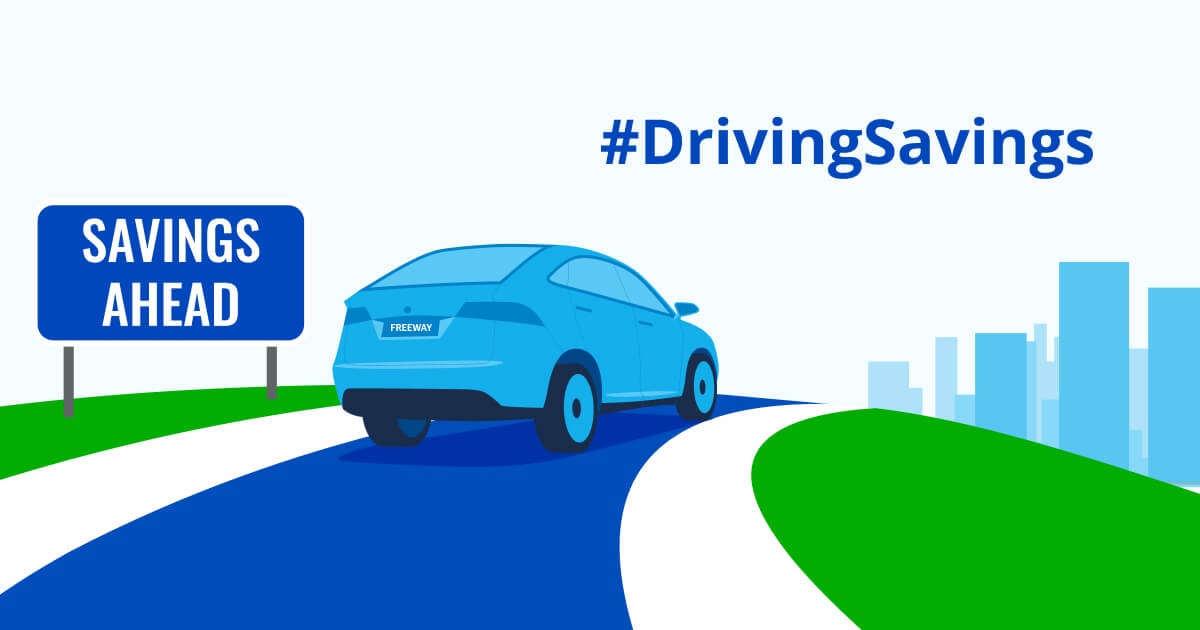Teen Driving: Tips for Parents Teaching Their Kids to Drive

Your teen is growing up and it’s time for them to start learning how to drive. Teaching your first time driver can be a great bonding experience, but there are some potential dangers for you if you aren’t prepared. There are even greater dangers for your teen driver if you haven’t properly prepared them, too.
It is important to keep your teen safe and teach give them proper instruction when they’re learning to drive. If they aren’t taught well, they could become anxious on the road or unaware of certain hazards that could endanger their lives. Here are some teenage driving guidelines that should help you when you’re teaching your teen how to drive.
Before You Start
First, determine if your teen is ready to learn how to drive. Some teens may not be mature enough to start learning even though they are old enough to get their learning permit. As their guardian, you know your teen best and should make the call.
If you think they are ready, first check with your auto insurance provider to see if your teen is covered under your plan if you are using your car for driving lessons. You may need to get a new driver insurance policy if you plan on having your teen drive your car regularly. Study your local teen driving laws to know when and how to get a learner’s permit in your state for your teen. All of this prep work will save you from potential headaches should something go awry during your driving lessons.
Explore the Vehicle
It’s important for your teen to properly know what it’s like to sit in the driver’s seat before actually driving. Let them take a tour of the vehicle and get familiar with it. Teach them how to adjust the mirrors, turn on the headlights, use the windshield wipers, and learn other functions of the car. Teach them what certain dashboard lights and icons mean like the check engine light, the low tire pressure icon, and the others. This will make them more comfortable when you finally take them out for a drive.
Feel the Vehicle
Once your teen knows your vehicle, the next step in proper teen driving safety is for them to feel out the vehicle. Take your teen and the car to safe location like an empty parking lot to start learning how to drive. Let them press on the accelerator and touch the brakes to gauge the car’s response time. Have them make slow turns around cones and learn how to back into a parking spot. Once they have mastered basic maneuvering, it’s time to hit the road.
Beginner Checklist for Low Traffic Areas
It’s best to start off slow and have your teen drive the car in low traffic areas to help put them at ease and decrease the risk of an accident. Stick to areas where the speed limit is under 35 M.P.H. This will ease them into learning how are the car functions and will give your teen driver more confidence in their abilities.
During these beginning driving lessons, teach them and have them practice the following:
Proper turn speed
Using the turn signals
Smooth braking, gradually slowing to a stop
Smooth acceleration to the posted speed limit
Properly approaching intersections
Determining who has the right of way
Changing lanes
Maintaining speed
Scanning for possible hazards
Keeping a proper distance between other drivers
Sharing the road with bicyclists and motorcycles
Making u-turns
Using turning lanes
Advanced Checklist for Highway Driving
Once your teen has mastered the beginner skills, they may be ready to try out the highway. Aim for driving during quieter times of the day to properly practice without the stress of rush hour traffic. Be sure your teen driver is fully prepared to react quickly and calmly among the faster traffic.
Some lessons that your teen should master while driving on the highway include:
Checking blind spots when changing lanes
Calmly driving near large trucks
Merging into traffic
Identifying road signs and exits
How to pass
How to be overtaken
Being a defensive driver while maintaining speed
Properly estimating stopping distance
Navigating toll booths
Keeping a safety space around your vehicle in case you need to pull over
Night Driving and Driving in Bad Weather
Once your teen displays a solid foundation in how to drive and feels comfortable, you should schedule a driving session at night or when it is raining/snowing. This will give them experience in knowing how to spot different hazards in the dark and the importance of keeping a slower speed during wet conditions. It is less stressful for them to navigate their way through fog for the first time with you at their side rather than if they were driving through it alone.
When You Think They Are Ready
Once you think your teen is ready, it might be time for them to take their driver’s test. Once they pass, they’ll likely want to celebrate their newfound independence and start using your vehicle regularly. If this is a case, sit down with your teen to create a Parent-Teen Driving Contract. This will allow you to establish rules and spell out the consequences if the teen gets a parking ticket or moving violation. It can also help spell out who pays for gas or insurance when your teen gets to drive your car. Once everything is set and agreed upon, you should have a comfortable, confident, and well-learned teen driver.
Since your teen is learning how to drive, it is important they are covered. Freeway Insurance can offer your teen a great, affordable new driver insurance plan that will protect them and you in case of a collision. Get a free auto insurance quote today!







